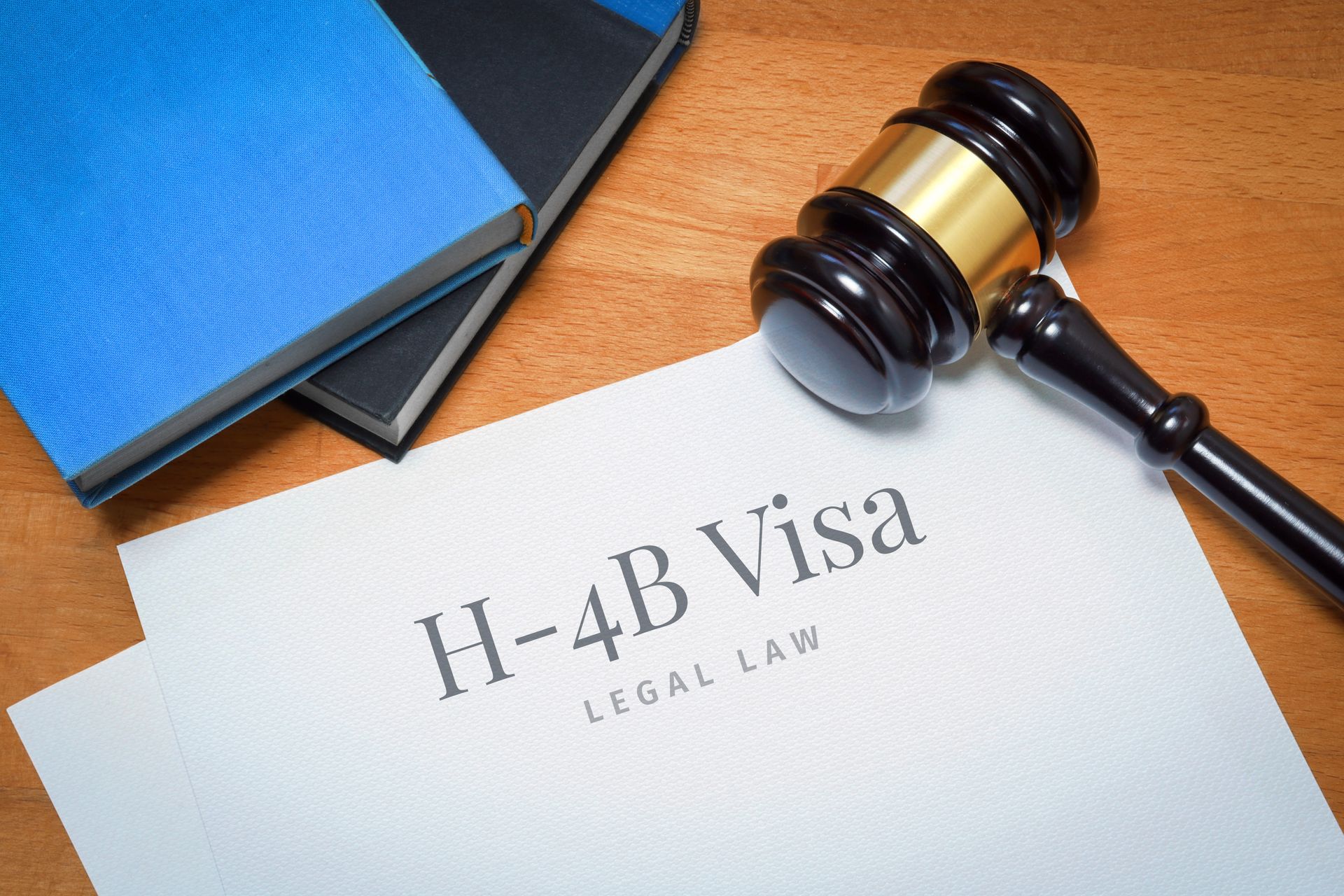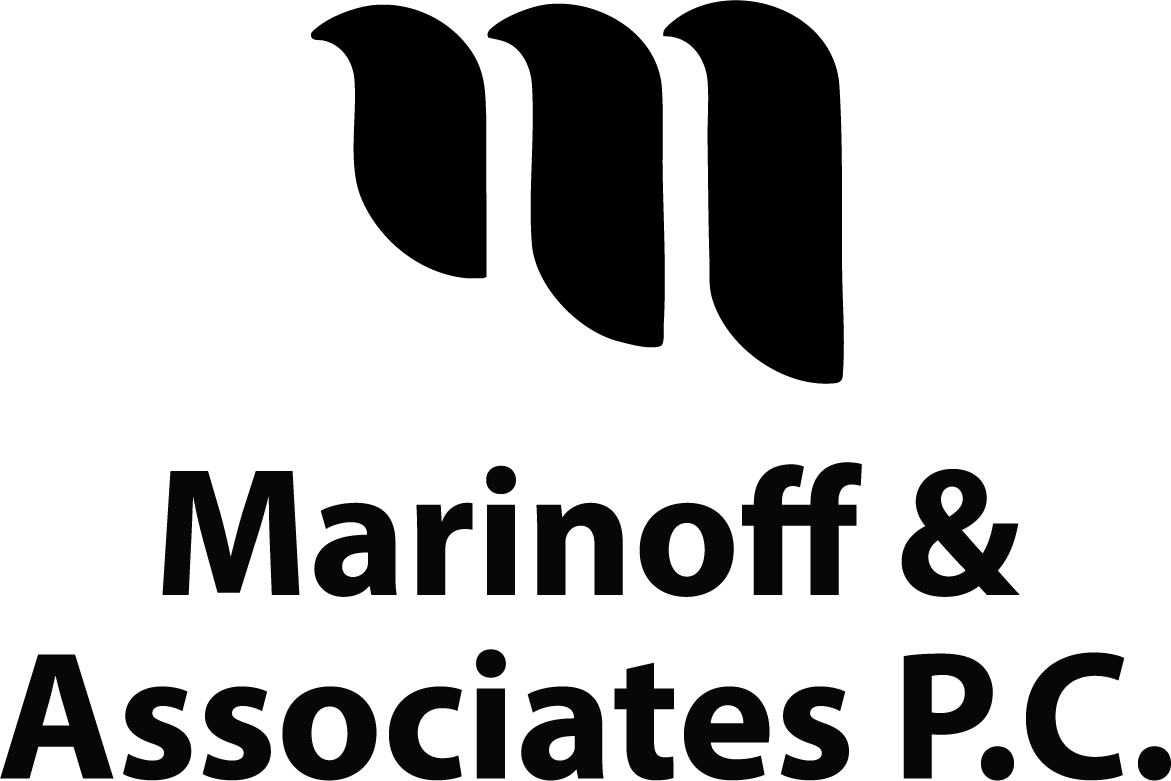
F-1, M-1, J-1, and J-2 Explained in Plain Language
If you’re thinking about studying, training, or participating in a cultural exchange in the United States, you’ve probably heard about visas like F-1, M-1, J-1, or J-2. But which one is right for you? What are the rules? What can you do—and what can’t you do?
We know how confusing the U.S. immigration system can feel when you’re just starting out. That’s why this guide is here: to walk you through these visa types with clarity, simplicity, and care. Whether you're planning to enroll in college, attend a technical school, or join a cultural exchange, let’s break it all down together.
F-1 Visa – Academic Students
The F-1 visa is for students who want to pursue academic studies or English language training in the U.S.
This is the most common student visa. If you’re aiming to attend a U.S. college, university, high school, private elementary school, or language institute, this is likely the visa you’ll need.
What You Can Expect:
- You must study full-time at a school certified by the Student and Exchange Visitor Program (SEVP).
- You’ll receive a form called I-20 from your school. This is your official proof of enrollment and part of your visa application.
- You’ll need to show you can afford to pay for school and living expenses without working illegally.
- You must demonstrate you intend to return home after your studies.
Can You Work?
Yes—but there are limitations:
- On-campus jobs are allowed (e.g., in the library or cafeteria), but only part-time during the school year.
- CPT (Curricular Practical Training) lets you intern or work as part of your academic program.
- OPT (Optional Practical Training) gives you up to 12 months of work experience in your field—before or after graduation. STEM majors can apply for a 24-month extension.
Why Choose the F-1 Visa?
The F-1 visa is ideal if your goal is to earn a degree, improve your English, or experience academic life in the U.S. It also offers the most flexibility when it comes to post-study work options compared to other student visas.
M-1 Visa – Vocational or Technical Students
The M-1 visa is for students pursuing training at vocational or non-academic institutions.
If you’re looking to learn a trade or develop a technical skill—like auto mechanics, culinary arts, aviation maintenance, or fashion design—the M-1 visa is tailored for you.
Key Differences from F-1:
- You must pay for the entire course up front, showing you can cover all tuition and living expenses.
- Unlike F-1, you cannot work on or off campus while studying.
- Your program must be clearly defined, with a set start and end date.
Work Options?
Very limited:
- No employment allowed during your studies.
- After completing your program, you may apply for practical training (up to 6 months), but it must directly relate to your field and be pre-approved.
Why Choose the M-1 Visa?
If you’re focused on hands-on training or short-term technical skills, the M-1 is the right visa. Just know that it's more restrictive, especially in terms of work and flexibility.
J-1 Visa – Exchange Visitors
The J-1 visa supports educational and cultural exchange programs.
This visa isn’t just for students—it’s for a wide range of people participating in structured exchange programs sponsored by schools, organizations, or the U.S. government. Programs can include study, teaching, training, internships, and even working as an au pair.
Who Qualifies?
- High school exchange students
- University exchange participants
- Professors and research scholars
- Medical interns or residents
- Camp counselors, au pairs, teachers, and more
You’ll receive a DS-2019 form from your sponsor, which is central to your visa application.
Work Options:
- Work is only allowed as defined by your specific program.
- For example, an intern may work for their host company, but cannot take a side job.
- Some J-1 categories allow stipends or salaries.
2-Year Home Residency Rule:
Some J-1 participants must return to their home country for two years after their program before applying for other U.S. visas. This depends on your program funding, field of study, or home country’s needs.
Why Choose the J-1 Visa?
If you're coming to the U.S. for a cultural or academic exchange, not necessarily a degree, and your experience is arranged through a sponsor, J-1 might be a great fit. It's also a path to shorter programs, internships, and teaching opportunities.
J-2 Visa – Dependents of J-1 Visa Holders
J-2 visas are for the spouse or children (under 21) of someone with a J-1 visa.
If you're traveling to the U.S. with your family and you're the J-1 holder, your spouse and children may be eligible for J-2 visas so they can join you.
What Can J-2 Dependents Do?
- Live in the U.S. with you for the duration of your program
- Children can attend school
- Spouses can apply for work authorization (Form I-765). If approved, they can work in nearly any legal job.
Things to Keep in Mind:
- If the J-1 visa ends or is violated, the J-2 status ends too.
- J-2 visa holders cannot change to another visa category easily unless the J-1 has completed the required home residency, if applicable.
Why It Matters:
The J-2 visa allows families to stay together during long-term programs and gives dependents more freedom than many other visa types (like the F-2, which doesn’t allow for work).
Final Thoughts
Studying or participating in a program in the U.S. is a huge step—not just academically, but personally. Whether you’re learning in a classroom, training in a trade, or joining a cultural exchange, your visa is more than paperwork—it’s the legal foundation of your experience.
So, take your time. Ask questions. Be clear about your goals. And remember, you’re not alone—there are advisors, school officials, and organizations ready to guide you.



